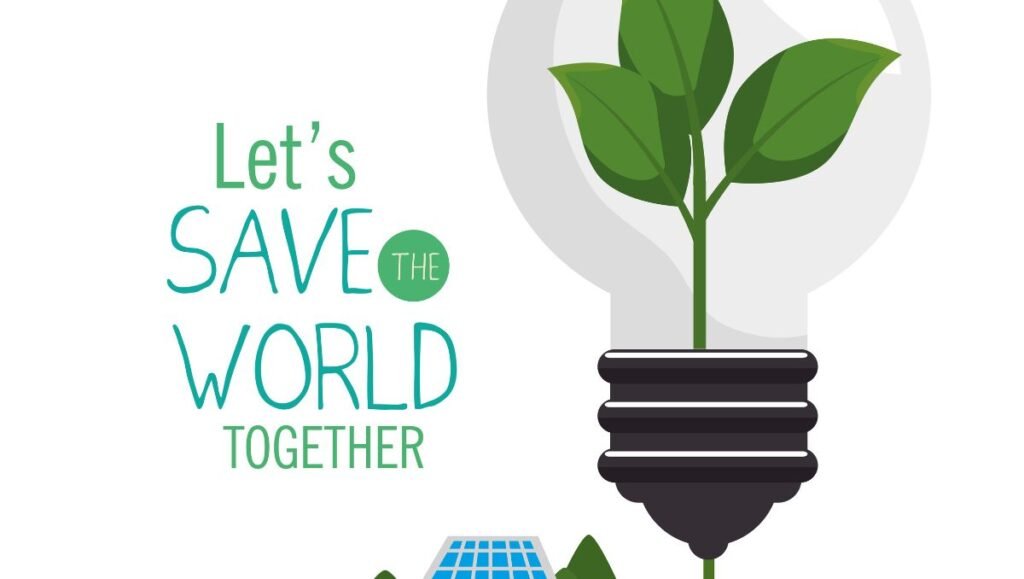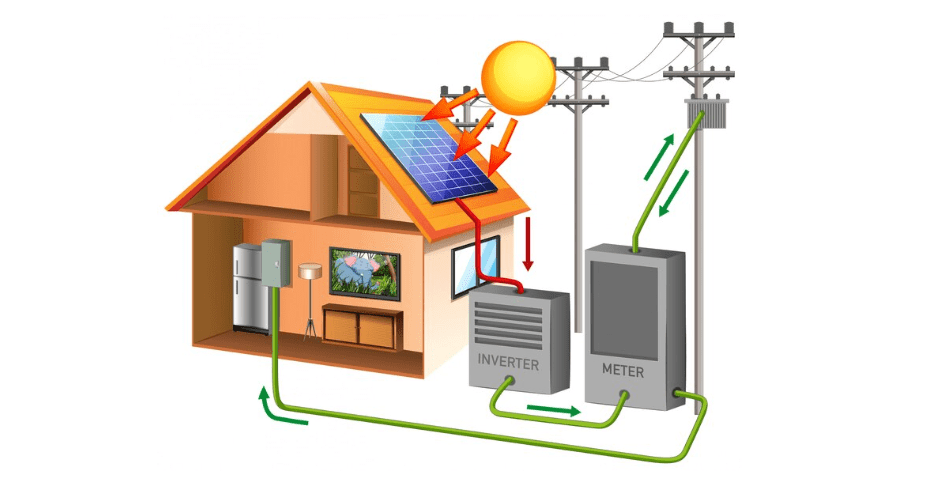A solar water pump is a socially and environmentally attractive technology to supply water. Especially if the need for water is in remote locations which are beyond the reach of power lines, solar power is often the economically preferred technology.
Solar pumping has emerged as a game-changer in the field of agriculture, offering a sustainable and cost-effective alternative to traditional diesel or electric pumps. By harnessing the power of the sun, solar pumping systems provide a reliable source of water for irrigation, livestock, and domestic use in remote or off-grid areas. This article delves into the working principle of solar pumping and highlights its numerous benefits for farmers.
Table of Contents
ToggleHow Solar Pumping Works
Solar pumping systems consist of three main components: solar panels, a pump, and a controller.
Solar Panels: Photovoltaic (PV) panels are installed to capture sunlight and convert it into electricity. These panels are typically mounted on a structure facing the sun to maximize exposure.
Controller: The controller regulates the power flow from the solar panels to the pump, ensuring optimal performance based on the available sunlight. It also protects the pump from voltage fluctuations and overload.
Pump: The pump is responsible for drawing water from a water source, such as a borehole or a well, and delivering it to the desired location, such as a storage tank or directly to the fields.
Solar Water Pumping method
Solar energy can be used for pumping of water in two ways as:
- Direct conversion method
- Thermodynamic conversion method
Direct conversion method

In this method, solar energy is directly converted into electricity using Photovoltaic (PV) panels. This electricity either stored or used directly in D.C. motor or converted into A.C. using inverter and then used in conventional water pump.
A typical solar powered pumping system consists of a solar panel array (solar- collectors) that powers an electric motor, which in turn powers a bore or surface pump as shown in Fig. The water is often pumped from the ground or stream into a storage tank that provides a gravity feed, so energy storage is not needed for these systems.
The basic system consist Solar panel , Electronic pump enhancer , Pump, Water tank , Supporting pole.
Thermodynamic conversion method

In this method, solar energy is first converted mechanical energy and then mechanical energy is used for pumping water. In this system some kind of solar energy collectors like flat plate or concentrating type are used for heating a of a working fluid which is then used for operating a Rankine, Brayton or Stirling engine producing mechanical power.
Rankine cycle is preferred in solar energy conversion over the other two cycles because of its superiority in terms of overall efficiency, components size and high work ratio.
The system consist of:
- Solar collector -Flat plate collectors, Stationary concentrator, Sun tracking concentrators
- The heat transport system
- Heat exchanger/ boiler
- Rankine engine
- Condenser
- Pump- Reciprocating pump, Centrifugal pump,Diaphragm pump,Rotary pump.
Water is used as a heat transport fluid and conveys its heat to a low boiling point organic Rankine cycle working fluid (Freon R12 or R113 or isobutene) in a heat exchanger. The solar collector receives solar energy which is absorbed by water.
The hot water gives up heat to Rankine cycle working fluid in the heat exchanger. The high pressure vapours of working fluid produced in heat exchanger is expand in turbine condense in the condenser and liquid fluid return in heat exchanger. Surplus heat is stored in the thermal storage to be used later when the solar energy is not available.
Benefits of Solar Water Pumping
Cost-Effective: Solar pumping systems eliminate the need for diesel or electricity, reducing operational costs significantly over time. Once installed, solar pumps require minimal maintenance, making them a cost-effective long-term investment for farmers.
Environmentally Friendly: By utilizing renewable solar energy, these systems reduce greenhouse gas emissions and reliance on fossil fuels, contributing to a cleaner environment.
Energy Independence: Solar pumping enables farmers to become energy self-sufficient, reducing their dependence on external sources for power.
Water Conservation: Solar pumping systems can be paired with efficient irrigation techniques such as drip irrigation, leading to significant water savings compared to traditional flood irrigation methods.
Increased Crop Yield: Consistent and reliable water supply from solar pumps can lead to higher crop yields, improving overall farm productivity.
Low Maintenance: Solar pumping systems require minimal maintenance compared to traditional pumps, resulting in lower downtime and repair costs.
Future Trends in Solar Pumping Technology
Remote Monitoring and Control: Farmers will be able to remotely monitor and control their solar pumping systems through mobile apps or web interfaces, optimizing performance and reducing downtime.
Hybrid Systems: Hybrid solar pumping systems, combining solar energy with other renewable sources like wind or biogas, will further improve energy efficiency and reliability
Smart Irrigation Systems: Future solar pumping systems are expected to integrate with advanced sensors and IoT technology, enabling precise and efficient irrigation management based on real-time data such as soil moisture levels and weather forecasts.
Energy Storage Solutions: Innovations in battery technology will enhance the storage capacity of solar pumping systems, ensuring uninterrupted water supply even during low sunlight conditions or at night.


